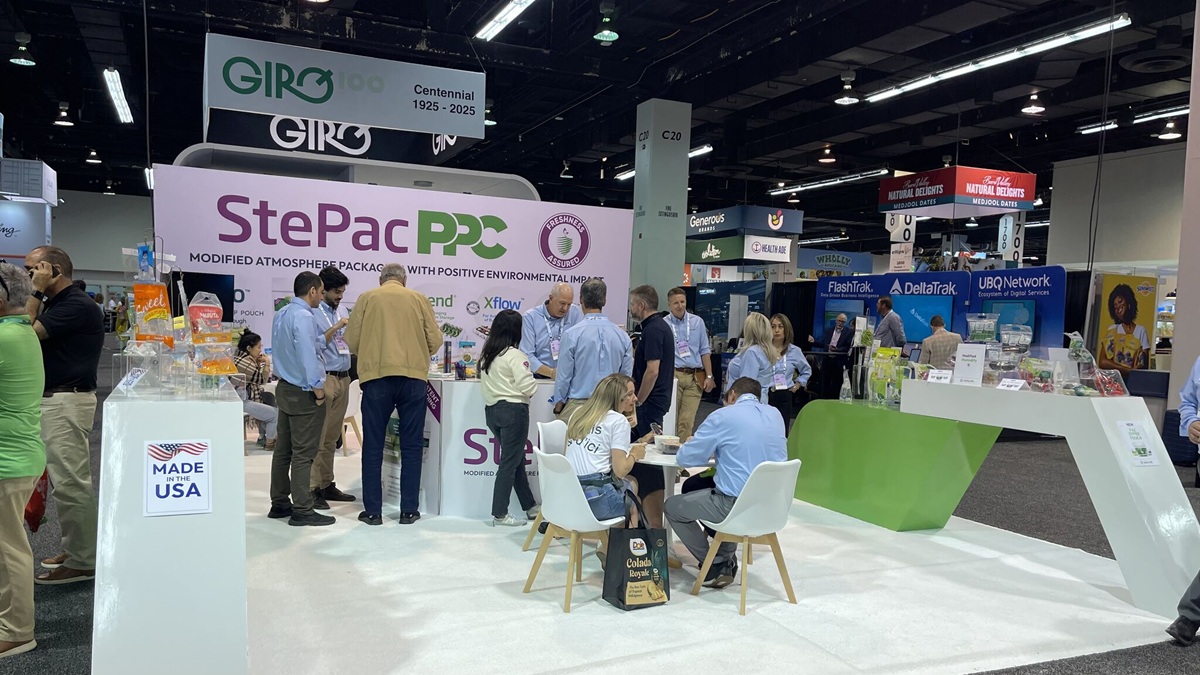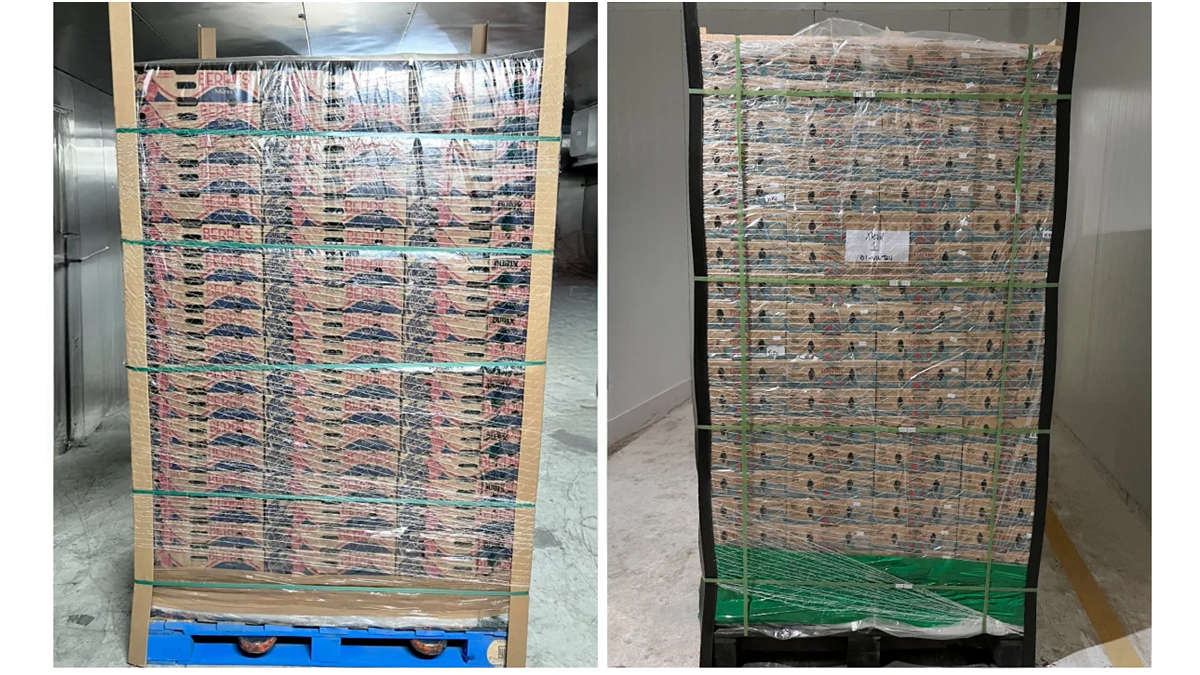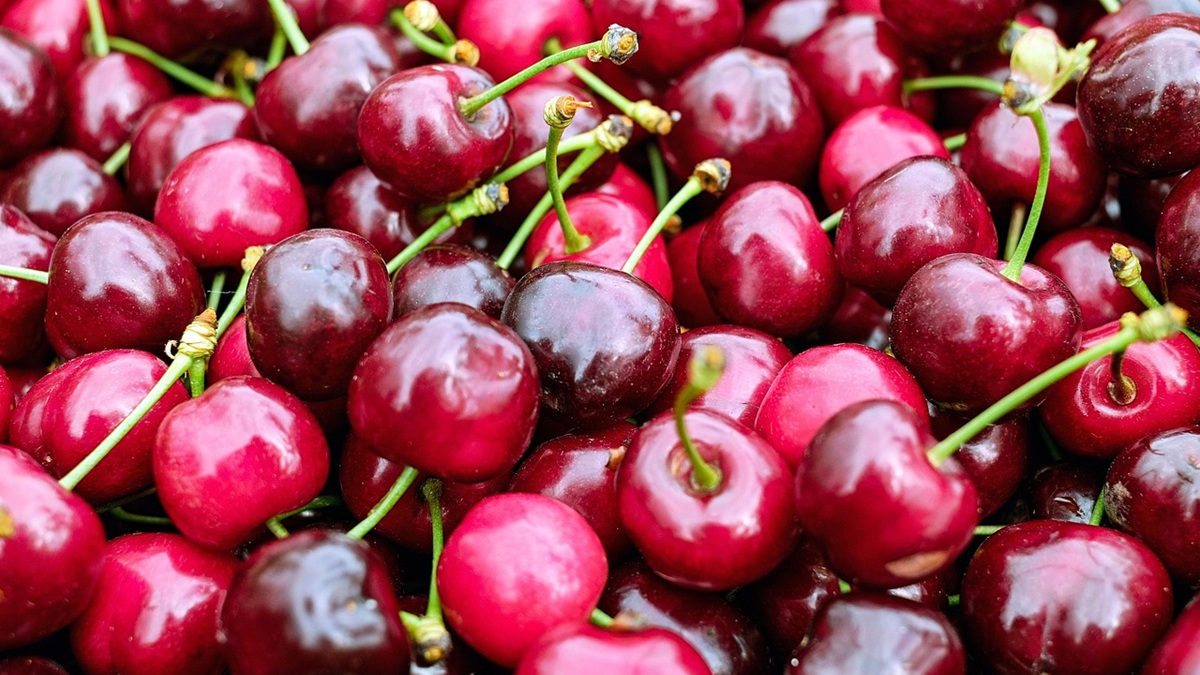Packaging
The Science Behind Modified Atmosphere/ Modified Humidity packaging
What makes StePac?s fresh produce packaging solutions so revolutionary? It?s all about modified atmosphere/modified humidity (MA/MH), precisely applied for each type of produce. Precise Packaging and Handling for Each Type of Produce StePac?s expertise in plant physiology and pathology is key to developing successful MA/MH solutions for packaging designs. Our post-harvest scientists work closely with our polymer and packaging engineers and customers to fashion the optimal packaging solution for each application. We have developed a broad range of films and packaging formats with varying water vapor transmission rates (WVTR). The film selected for any application is dependent on factors such as: - Respiration Rate - Moisture sensitivity - Dehydration sensitivity - Supply chain length - Supply chain conditions
21 October, 2022
What makes StePacs fresh produce packaging solutions so revolutionary? Its all about modified atmosphere/modified humidity (MA/MH), precisely applied for each type of produce. Precise Packaging and Handling for Each Type of ProduceStePacs expertise in plant physiology and pathology is key to developing successful MA/MH solutions for packaging designs. Our post-harvest scientists work closely with our polymer and packaging engineers and customers to fashion the optimal packaging solution for each application. We have developed a broad range of films and packaging formats with varying water vapor transmission rates (WVTR). The film selected for any application is dependent on factors such as: - Respiration Rate - Moisture sensitivity - Dehydration sensitivity - Supply chain length - Supply chain conditions - Surface-area-to-volume ratio - Packaging Format After selecting the film, its permeability is regulated according to the respiration rate of the produce to be packed in order to achieve the desired modified atmosphere under the prevailing supply chain conditions. We then produce the final packaging format to deliver to the customer. Slowing Respiration RateThe higher the respiration rate, the more perishable the produce is and the shorter the storage life (and vice-versa). Plant tissues in fresh fruits and vegetables are still alive after harvest and continue respiration in order to derive energy to drive cellular processes. In cellular respiration, organic acids and carbohydrates are oxidized by atmospheric oxygen (O2) to produce metabolic energy, carbon dioxide (CO2), heat and water vapor. Respiration is influenced by several intrinsic factors, such as the type of tissue, the size of the produce, variety, maturity and extrinsic factors such as temperature, concentration of O2 and CO2 and mechanical damage. For example, produce such as asparagus and sweet corn with high respiration rates have much shorter shelf lives than carrots, dry onions and garlic, which have very low respiration rates. Since respiration rate increases with temperature, the best way to preserve produce quality and increase storability after harvest is to promptly cool it by appropriate means to the optimal temperature, and thereby reduce respiration rate and maintain quality. Principles of Modified Atmosphere/Modified Humidity Packaging (MA/MH)Moisture inside packaging can erode produce. StePacs packaging technology alleviates the moisture problem, preserving freshness. Many of the commercially available flexible plastic films used for MAP are polyolefin based, which are characterized by low water vapor transmission values (WVTR). As the produce respires and transpires, the relative humidity in the headspace of the packaging increases, and at equilibrium will be close to saturation. This high humidity reduces transpiration of water from the produce, reducing the rate of weight loss, wilting, shriveling and loss of firmness. The StePac Revolution of the unique filmsStepacs unique films are characterized by a range of WVTR values. When designing packaging and deciding ideal WVTR values, we pay careful attention to produce sensitivity to excess moisture and dehydration, surface-area-to-weight ratio, and the length of the supply chain, in order to provide the optimal solution for produce preservation, extending its freshness window. All told, StePac packaging solutions are a revolutionary must for extending shelf life, allowing long-term freshness to be not only a benefit, but an expectation. Source Picture StePac lanza una solución de sellado superior
https://youtu.be/viDPlv8ZPCI












